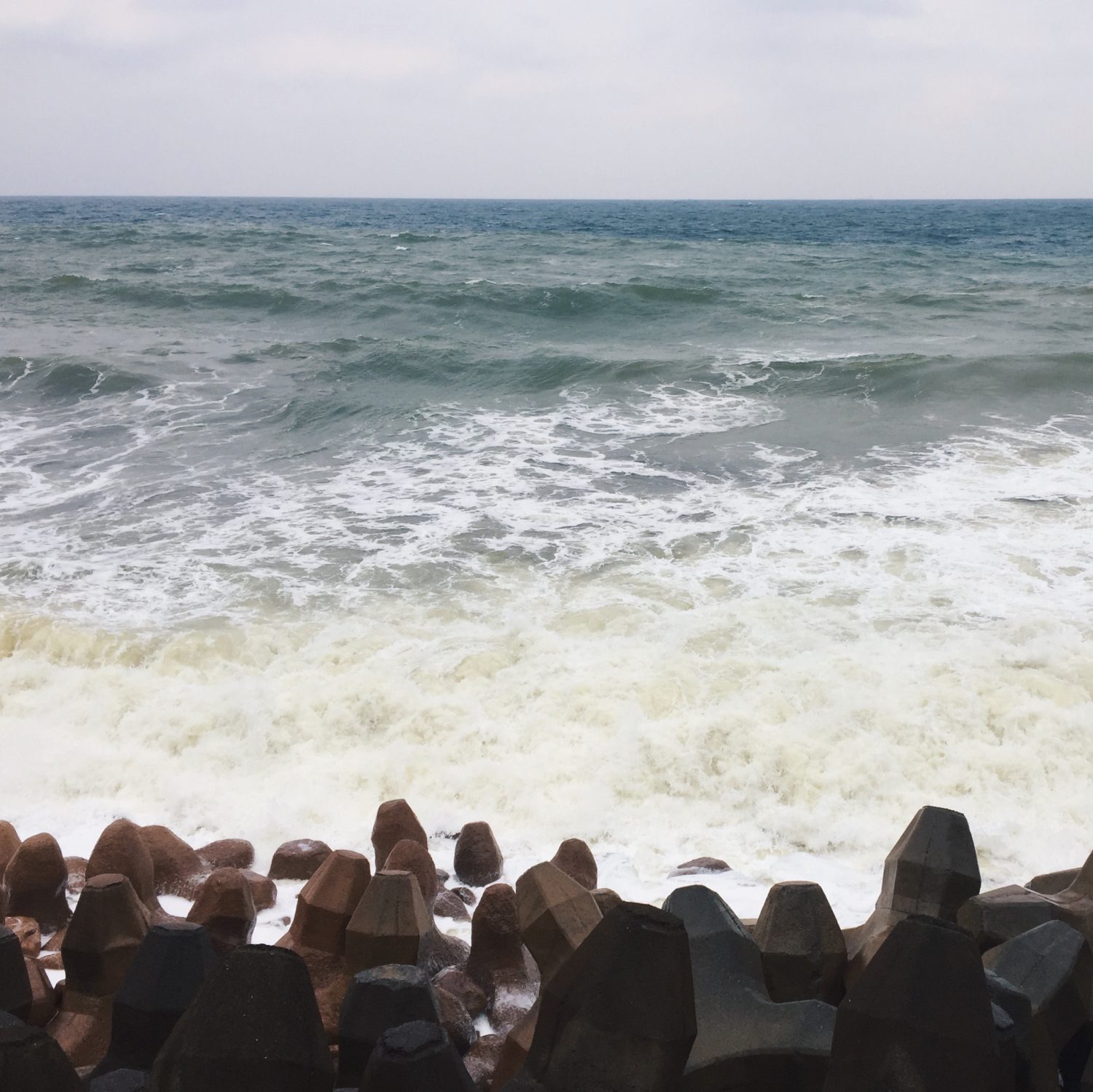Gibson starts off the article by comparing Singapore to VR. “VR would never look real until they learned how to put some dirt in it”. It’s hard to relate VR to actual reality as the illusion created is simply too perfect, just like how people paint the picture of Singapore. It’s too good to be true (aka Disneyland). But at the same time, we are being governed so strictly that any mistake could ruin our lives, hence, Singapore is Disneyland with the death penalty.
He went on to summarise the success of the People Action Party and how the late Lee Kuan Yew managed to evolve Singapore from a colonial trading port to a bustling metropolitan city today. Over the decades, the government has been trying to curate the “perfect experience” for all Singaporeans. A harmonious multiracial society that enjoys great prosperity, wonderful facilities, and a bright future.
However, the government failed to identify and work on the “pain points” of this experience. We have failed and neglected the minorities of the country which is why Gibson finds Singapore a cold and heartless place. He quotes “The word infrastructure takes on a new and claustrophobic resonance here; somehow it’s all infrastructure.” Singapore places too much emphasis on economical growth, forgoing societal and cultural growth.
Gibson feels that it’s indeed a perfect living experience – a reliable transportation system, an abundance of recreational and health facilities, low crime rates, and so on. What more can you ask for? However, this experience is defined by the government and not the citizens. Just like any consumer, Gibson had a bad experience and went off finding his next perfect experience. This reminds us not to be influenced by our own biases when designing and to always consider the perspectives of all stakeholders.
